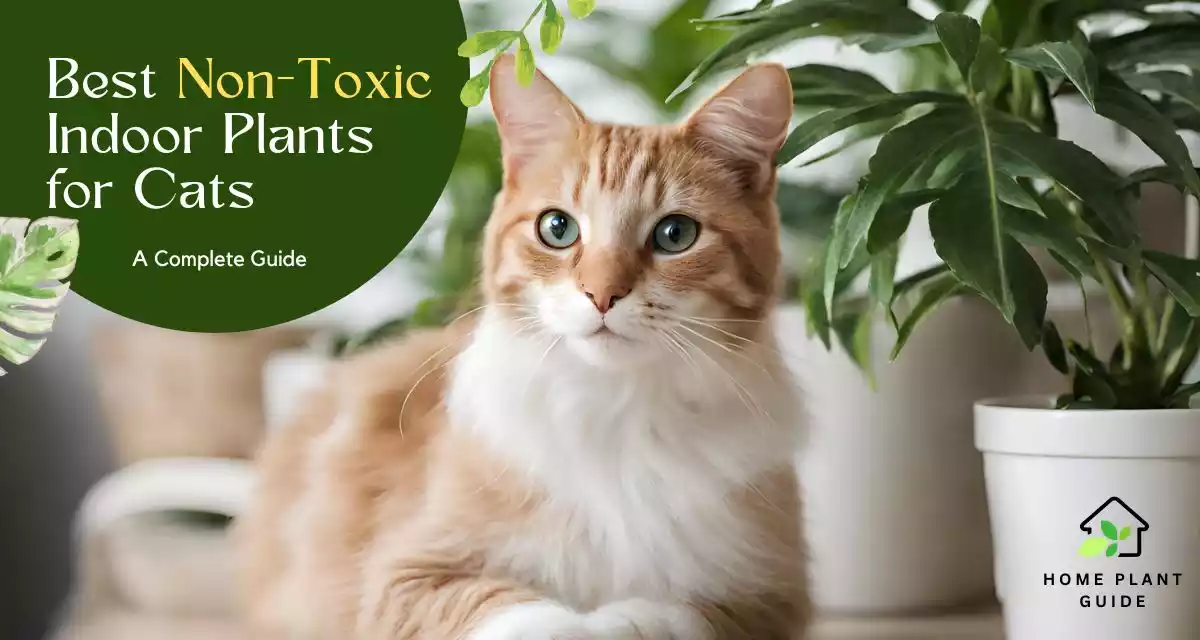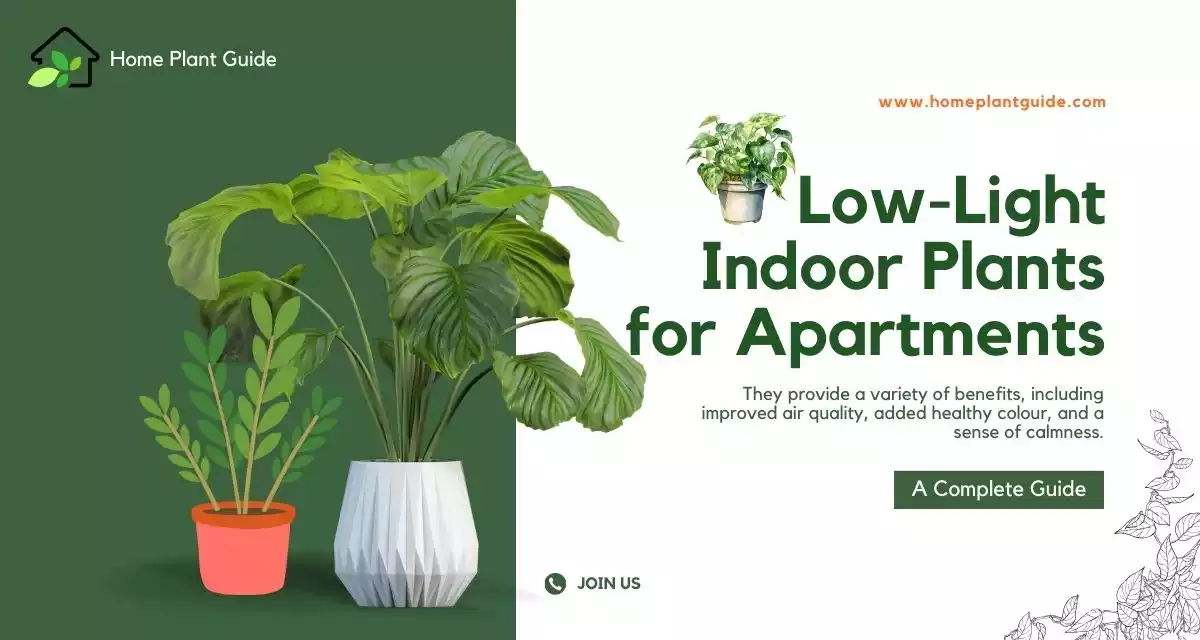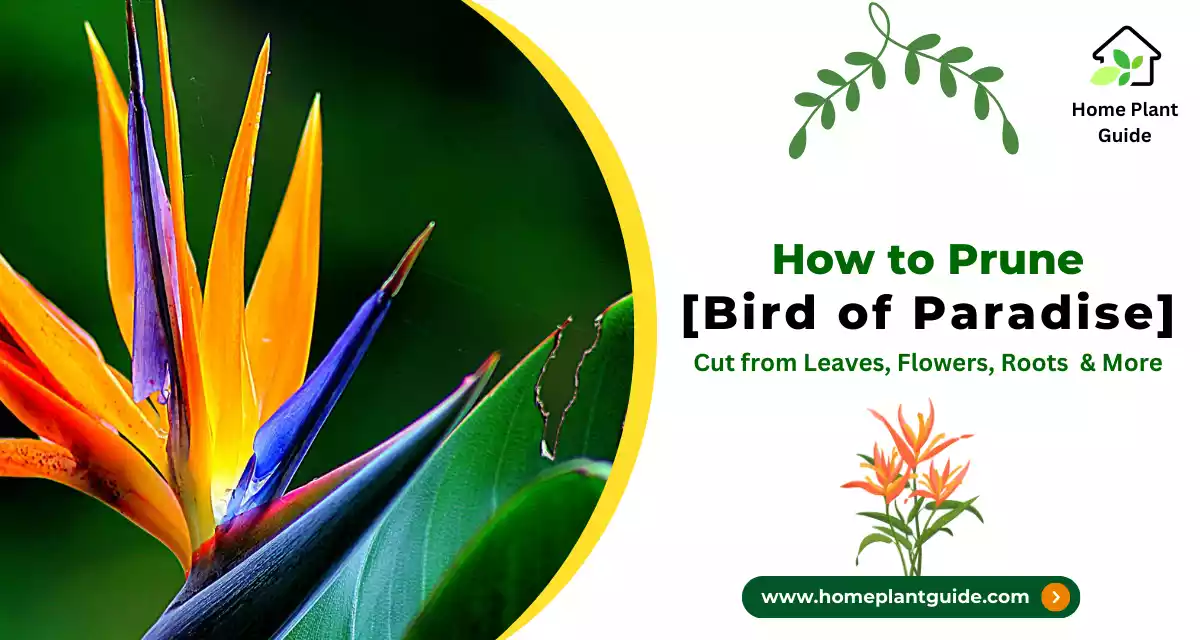If you travel frequently or you have a busy schedule then you should know about Self Watering Indoor Plants for their thriving. Indoor plants can be a great addition to any home, but caring for them can be a challenge.
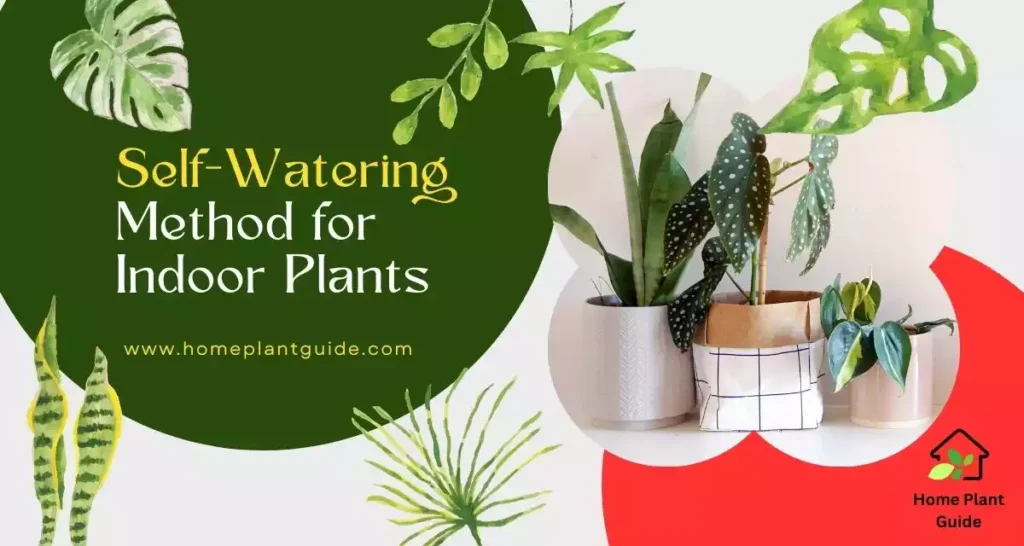
One of the most important aspects of proper indoor plant care is watering them correctly. Overwatering can lead to root rot, while underwatering can cause the plant to wilt and die.
One method of watering indoor plants that has gained popularity in recent years is using ice cubes to water plants. We can discuss in details on this topic in this article. While this method may seem harmless, it can cause more harm than good.
In This Article
Self Watering Indoor Plants Method
The self watering method is a simple yet effective way to ensure that indoor plants receive the moisture they need. This is to thrive without the need for daily watering.
This method involves using a self-watering container that allows the plant to take up moisture. As it needs it, rather than being watered on a set schedule.
Basic principle
The basic principle behind self-watering containers is that the soil is continuously moistened from below. While any excess water is drained away.
Main advantage
- This method reduces the risk of overwatering, which can lead to the plant’s roots rotting.
- This method also allows the plant to take up water as it needs it, rather than being watered on a set schedule.
Also, ensuring that the plant has access to moisture when required.
Automatic Self Watering of Indoor Plants
Automatic watering systems are an excellent option for keeping indoor plants healthy and hydrated.
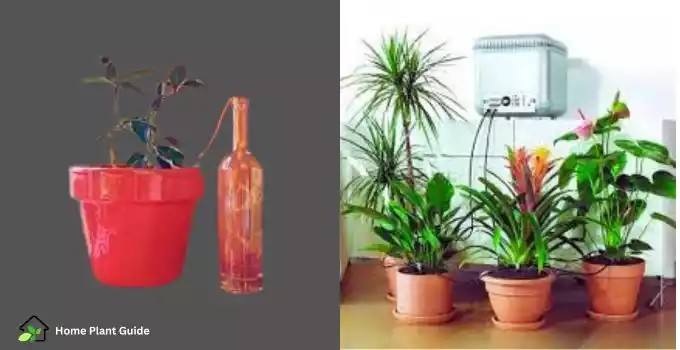
Advantages
- Automatic watering systems can save you time and effort while also ensuring that your plants receive the water they need to thrive.
- One of the great advantages of automatic watering systems is that they can be customized to each specific plant’s watering needs.
This ensures that it receives enough moisture but not too much, which can lead to issues such as root rot.
How Much Water to Use When Watering Indoor Plants?
When watering indoor plants, the amount of water to use is one of the most important factors to consider. Overwatering can lead to root rot, which can kill the plant while underwatering can lead to a lack of moisture in the soil.
This results in a stressed plant that may struggle to thrive. Determining the appropriate amount of water to use is a crucial step in caring for indoor plants.
Check the Soil condition
- Please check the soil moisture before watering. Stick your finger an inch deep and make sure it is dry or damp. If it is damp, wait a few days.
- You may Lift the pot or hang it. A lighter pot likely needs water.
Place the water deeply, not frequently
Determine how much water to use when watering indoor plants is to consider the type of plant you are caring for.
- Aim to saturate the soil until water runs out of the drainage hole. This encourages healthy root growth.
- Try to avoid shallow watering, which only wets the top layer, leaving roots thirsty below.
Choose the perfect plant
Different plants have different thirst levels. Cacti and succulents need infrequent watering, while fern plants need consistent moisture. So do research before considering any plants.
Pot size
- Smaller pots dry out faster than larger ones. Adjust your watering frequency accordingly.
Other factors
- Light, humidity, and temperature also affect water needs. Brighter light, lower humidity, and warmer temperatures mean more frequent watering.
Bonus Tips
- Always use room-temperature water to avoid stressing your plant.
- In a drier climate, your plants will require more regular watering than in a humid environment.
The best way to determine the moisture level in your soil is to use a soil moisture meter.
Self Watering Indoor Plants with Ice Cubes
Self-watering indoor plants with ice cubes has its supporters, there are many reasons why this is not the best method for watering indoor plants.
The best way to water indoor plants is to use a watering can or watering jug to give them the exact amount of water they need.
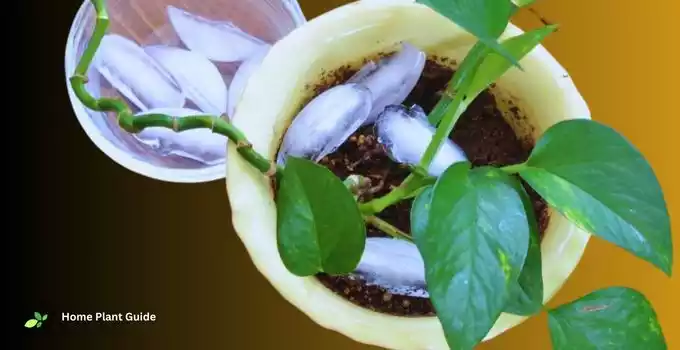
Watering indoor plants with ice cubes might seem like a convenient and easy way to water your plants, but it’s not the best method.
Disadvantages
- One of the main drawbacks of watering indoor plants with ice cubes is that it can cause root stress.
- When ice melts, it can rapidly cool the soil, which can cause root shock. This can cause the roots to slow down their growth and the plant to become stressed.
- Additionally, ice can also change the pH of the soil, which can harm the plant.
Advantages
There are limited advantages that are not so effective for indoor plants.
- The ice cubes melt slowly and release water gradually. So it helps to prevent overwatering, a common plant killer.
- If you are a busy person or travel then just toss a few cubes in the pot and you’re good to go.
Pro Tips
Ensuring that they receive enough moisture to flourish but not so much that they become overwatered.
By using a watering can or jug, you can avoid overwatering and root rot. This can lead to plant death or a stressed and stunted plant.
How to Water Plants When Away for 3 Months
Traveling for 3 months does not mean your green friends have to wilt. Here are some simple tips to keep your indoor jungle thriving:
Pre-departure preparation
Hydrate deeply
Give your plants a thorough watering a week before leaving. This creates a water reserve in the soil. But remember this applies only to specific plants.
Group similar needs
Cluster plants with similar water requirements for easier management.
Reduce light and heat
Move plants away from sunny windows and turn down thermostats that automatically regulate temperature.
Mulch it up
Cover the soil surface with organic mulch like bark or coconut coir to retain moisture and suppress weeds.
DIY Watering Solutions
Wicking wonders
Soak cotton rope or yarn in water, one end in the soil and the other in a water reservoir like a bowl or bucket. The plant draws water as needed.
Bottle magic
Take a poke hole in a plastic bottle cap. After that it fills with water, inverts and is buried neck-deep in the soil then water slowly drips out.
Terracotta teamwork
Soak unglazed terracotta pots and place them near your plants, creating a mini-humidifier.
Bonus Tip
Enlist a plant-loving friend or neighbor to check in occasionally for a visual inspection and top-up watering if needed.
FAQ:
Q: Can I DIY a self-watering system?
Yes, definitely. Fill a larger pot with water and place your regular pot inside with the drainage hole slightly above the water level.
Q: Are self-watering pots worth the hype?
It depends on the nature of the plants. Do research your plant’s needs first. Some plants prefer consistent moisture, while others dislike wet roots.
Q: What are the coolest tech gadgets for self-watering?
Smart pots with sensor monitors detect moisture and automatically water your plants. Hydroponic systems provide a continuous nutrient-rich water flow, perfect for some plants.
Read More Healthy Plantation Techniques:

